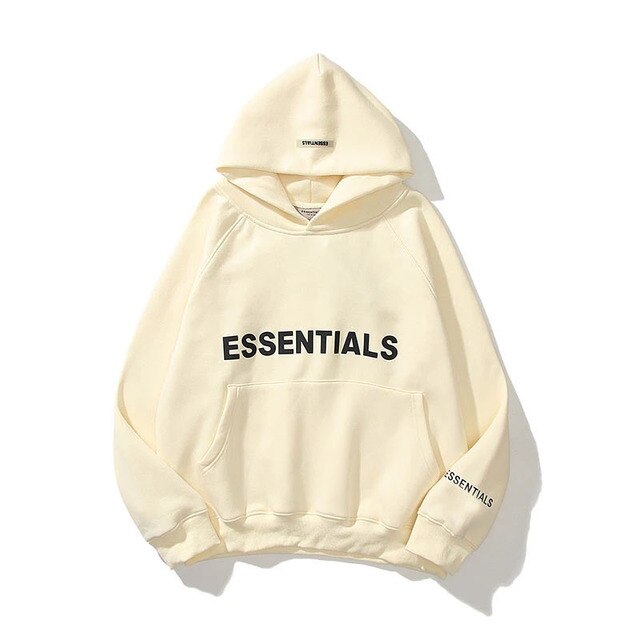Essential Clothing for Outdoor Enthusiasts

For outdoor enthusiasts, having the right clothing can be the difference between a memorable adventure and a miserable outing. Whether you’re hiking in the mountains, backpacking through forests, or camping by the lake, proper apparel ensures safety, comfort, and adaptability to changing conditions. Unlike casual clothing, outdoor Essential Clothing gear is designed to meet the unique challenges of nature — from fluctuating temperatures and unexpected rain to intense sun exposure and rugged terrain. This guide will explore the essential clothing every outdoor lover should consider, focusing on layering, materials, and specific garments for various activities and environments.
The Layering System: A Core Principle
Outdoor clothing is often built around the principle of layering. This modular approach allows individuals to adjust their clothing to the climate, exertion level, and weather conditions. The layering system typically includes three main components:
1. Base Layer (Moisture Management)
The base layer sits directly against your skin and is responsible for wicking sweat away from your body to keep you dry. Staying dry is crucial because moisture can lead to chills in cold weather or overheating in warm climates.
Recommended Materials:
- Merino wool
- Synthetic fabrics like polyester or nylon
Avoid:
- Cotton — it absorbs moisture and dries slowly, increasing the risk of hypothermia in cold conditions.
2. Mid Layer (Insulation)
The mid layer provides warmth by trapping body heat. This is the layer that insulates you from the cold and can be adjusted based on temperature and activity level.
Options Include:
- Fleece jackets or pullovers
- Down or synthetic insulated jackets
- Wool sweaters
Tip: Choose breathable options to prevent overheating and sweat buildup during strenuous activity.
3. Outer Layer (Protection)
The outer layer acts as your shield against wind, rain, and snow. This “shell” is crucial for keeping the elements at bay while still allowing sweat vapor to escape.
Types of Outer Layers:
- Hardshell jackets (fully waterproof and windproof, best for severe weather)
- Softshell jackets (water-resistant, more breathable, better for dry or mildly wet conditions)
- Rain jackets (lightweight, packable, ideal for sudden downpours)
Essential Clothing Items
While layering is the foundation, certain items are must-haves for anyone spending extended time outdoors. Here are the key garments to include in your gear kit:
1. Moisture-Wicking Underwear and Sports Bra
Start with performance underwear made of synthetic or merino fabrics. For women, a sports bra with good support and quick-drying properties is essential for comfort during movement.
2. Hiking Pants and Shorts
Look for lightweight, durable pants made with nylon or spandex blends. Many modern hiking pants are stretchable, water-resistant, and quick-drying, offering comfort and freedom of movement. Convertible pants that zip off into shorts can be especially versatile.
3. Insulated Jacket
An insulated jacket is a vital component for warmth. Down offers excellent insulation-to-weight ratio but loses performance when wet, whereas synthetic insulation retains warmth when damp and is usually more affordable.
4. Waterproof Shell Jacket
A quality rain shell protects against sudden weather changes. Look for jackets with features like pit zips for ventilation, adjustable hoods, and taped seams to keep water out.
5. Base Layer Tops and Bottoms
Long-sleeve base layers made from merino or synthetics are perfect for colder climates or as sun protection in warmer conditions. Pair them with long underwear or base layer leggings for colder hikes or camping trips.
6. Gloves and Hat
Even in mild weather, a hat and gloves can dramatically increase warmth and comfort. Choose insulating gloves and a beanie made of fleece or wool. For extreme cold or wet conditions, waterproof gloves are recommended.
7. Sun Protection Apparel
In hot, sunny climates, long-sleeve shirts and pants with UPF (Ultraviolet Protection Factor) are ideal. Lightweight, breathable fabrics can protect your skin without overheating.
8. Gaiters and Neck Gaiters
For muddy or snowy conditions, gaiters prevent debris from entering your boots. A neck gaiter (also called a buff) can serve as a scarf, headband, face mask, or even sunshade.
9. Socks
Don’t underestimate the importance of good socks. Merino wool socks regulate temperature, manage moisture, and prevent blisters. Avoid cotton socks at all costs.
10. Footwear (Bonus Item)
While technically not clothing, footwear is arguably the most critical part of your outdoor ensemble. Choose your boots or trail shoes based on the terrain, distance, and weather conditions. Pair them with proper socks for maximum comfort.
Special Considerations by Activity
Depending on your chosen outdoor pursuit, your clothing requirements may vary slightly.
- Backpacking: Focus on lightweight, quick-drying clothing. Layering flexibility is crucial for multi-day hikes.
- Winter Sports: Emphasize insulation and waterproof layers. Look for snow-specific features like powder skirts or helmet-compatible hoods.
- Trail Running: Prioritize lightweight, breathable, and form-fitting clothing to reduce chafing and overheating.
- Climbing: Durability and mobility are key. Reinforced pants, flexible jackets, and chalk-resistant fabrics are ideal.
- Water Sports (kayaking, canoeing, etc.): Opt for quick-drying clothing, and consider wetsuits or splash gear for colder conditions.
Final Tips
- Pack for the Unexpected – Always bring a rain jacket and warm layer, even in fair weather.
- Choose Versatility – Multi-purpose items save space and weight.
- Test Your Gear – Before heading into the backcountry, try your clothing during short trips to ensure it performs as expected.
- Invest Wisely – Quality outdoor clothing often comes with a higher price tag, but it typically offers better durability and performance over time.
- Maintain Your Gear – Wash technical clothing according to label instructions to preserve waterproofing and breathability.
Conclusion
Equipping yourself with the right outdoor Essentials Hoodies clothing ensures that you stay comfortable, safe, and ready for anything nature throws your way. The right layers and materials can regulate your body temperature, protect against the elements, and enhance your overall experience. Whether you’re a seasoned mountaineer or a weekend hiker, investing in essential clothing tailored to your activity and climate is one of the smartest decisions you can make.



